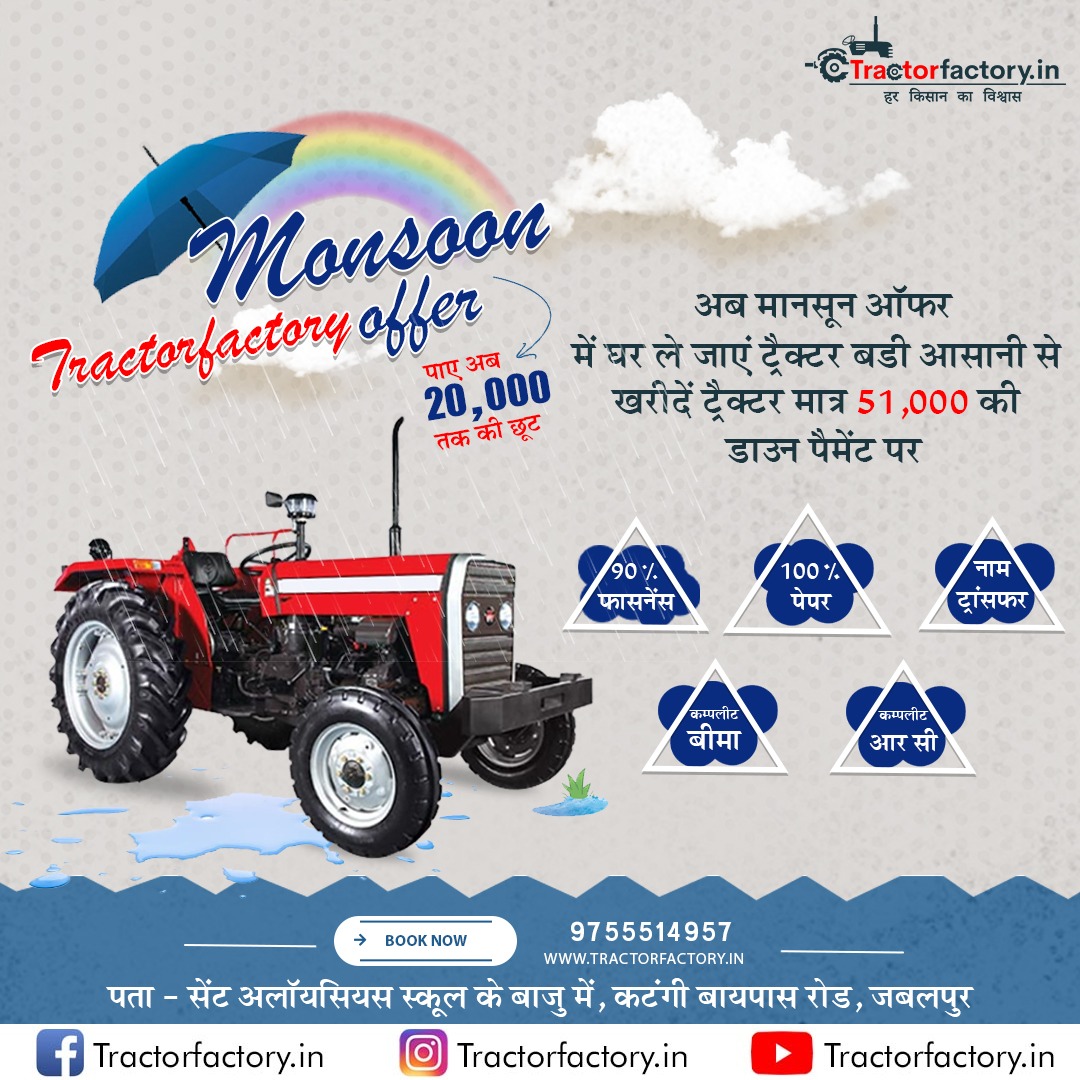A tractor is a cornerstone of modern agriculture, playing a pivotal role in revolutionizing farming practices and boosting productivity. From their humble beginnings as steam-powered machines to today’s sophisticated, tech-enabled models, tractors have continually evolved to meet the needs of farmers worldwide.
Early Beginnings of the Tractor
The concept of a tractor emerged in the late 19th century when agriculturalists sought to replace animal labor with mechanical power. The first tractors were steam-powered and cumbersome, requiring significant effort to operate. Despite their limitations, these early machines marked a significant departure from traditional farming methods.
In the early 20th century, the introduction of internal combustion engines revolutionized tractor design. Manufacturers like Ford and John Deere created smaller, more efficient tractors, making them accessible to a broader range of farmers. These machines were not only easier to use but also far more reliable, allowing farmers to plow fields, plant seeds, and harvest crops with greater speed and precision.
Tractors and Modern Technology
Modern tractors are a far cry from their predecessors. They are equipped with advanced technologies such as GPS guidance, automated steering, and data collection systems. These features enable precision farming, where farmers can optimize every aspect of their operations, from soil preparation to planting and harvesting. By using data analytics, tractors help maximize crop yields while minimizing resource wastage.
Electric and hybrid tractors are also making their way into the market, driven by a growing emphasis on sustainability. These eco-friendly models aim to reduce carbon emissions without compromising on performance, aligning agriculture with global environmental goals.
Applications Beyond Agriculture
While tractors are primarily associated with farming, their versatility extends to other industries. In construction, tractors with specialized attachments like front loaders and backhoes perform tasks such as excavation, grading, and material transport. In forestry, they are used for hauling logs and clearing land. Their adaptability makes tractors indispensable across various sectors.
The Role of Tractors in Food Security
Tractors play a critical role in ensuring food security. By enabling large-scale farming, they help meet the growing global demand for food. Farmers can cultivate extensive areas of land efficiently, reducing manual labor and saving time. Moreover, tractors contribute to cost reduction, making food production more affordable and accessible.
Challenges and Future Prospects
Despite their many advantages, tractors are not without challenges. High initial costs can be prohibitive for small-scale farmers, particularly in developing countries. Maintenance and fuel expenses also add to the financial burden. However, innovations like shared ownership models and government subsidies are helping to address these issues.
Looking ahead, the future of tractors lies in automation and connectivity. Autonomous tractors that can operate without human intervention are already in development, promising to further revolutionize agriculture. These machines will work seamlessly with drones, sensors, and other smart farming tools, creating an interconnected ecosystem.
Conclusion
The tractor is more than just a machine; it is a symbol of agricultural progress and innovation. From increasing efficiency to supporting sustainability, tractors have transformed the way we grow food and manage land. As technology continues to advance, the tractor’s role in shaping the future of agriculture remains indispensable.
